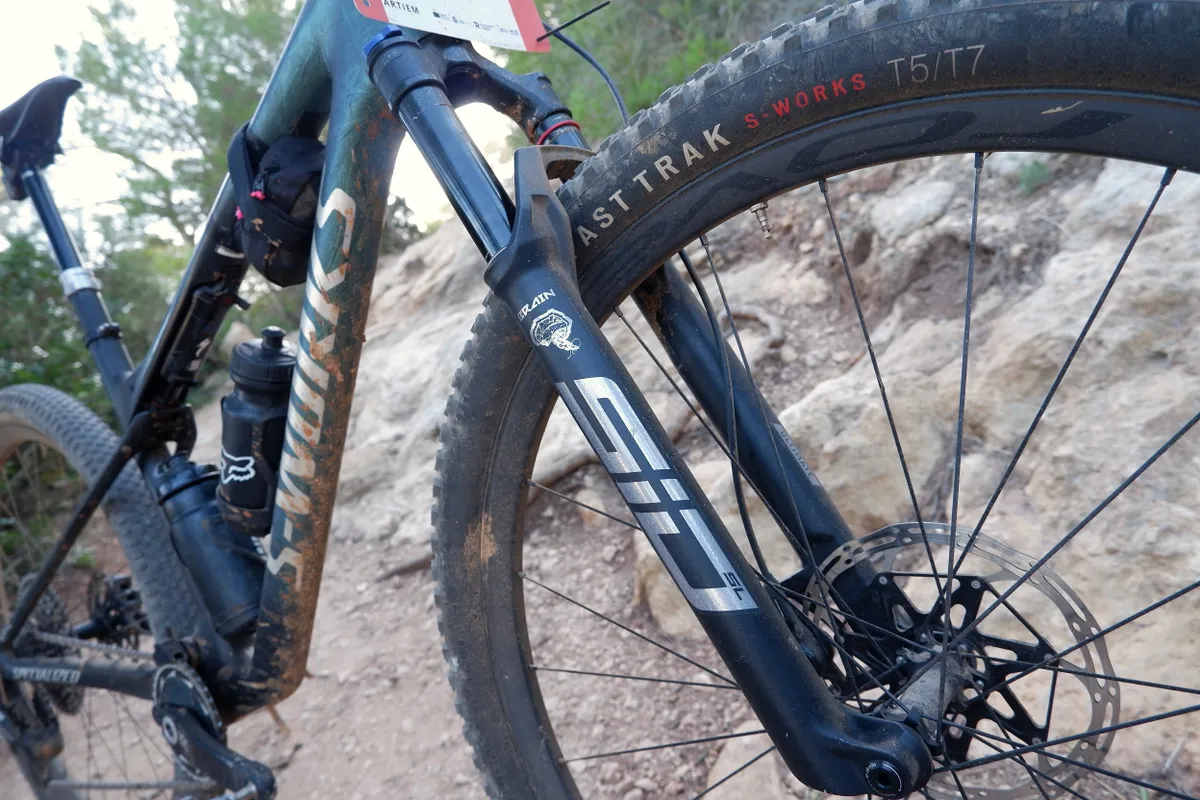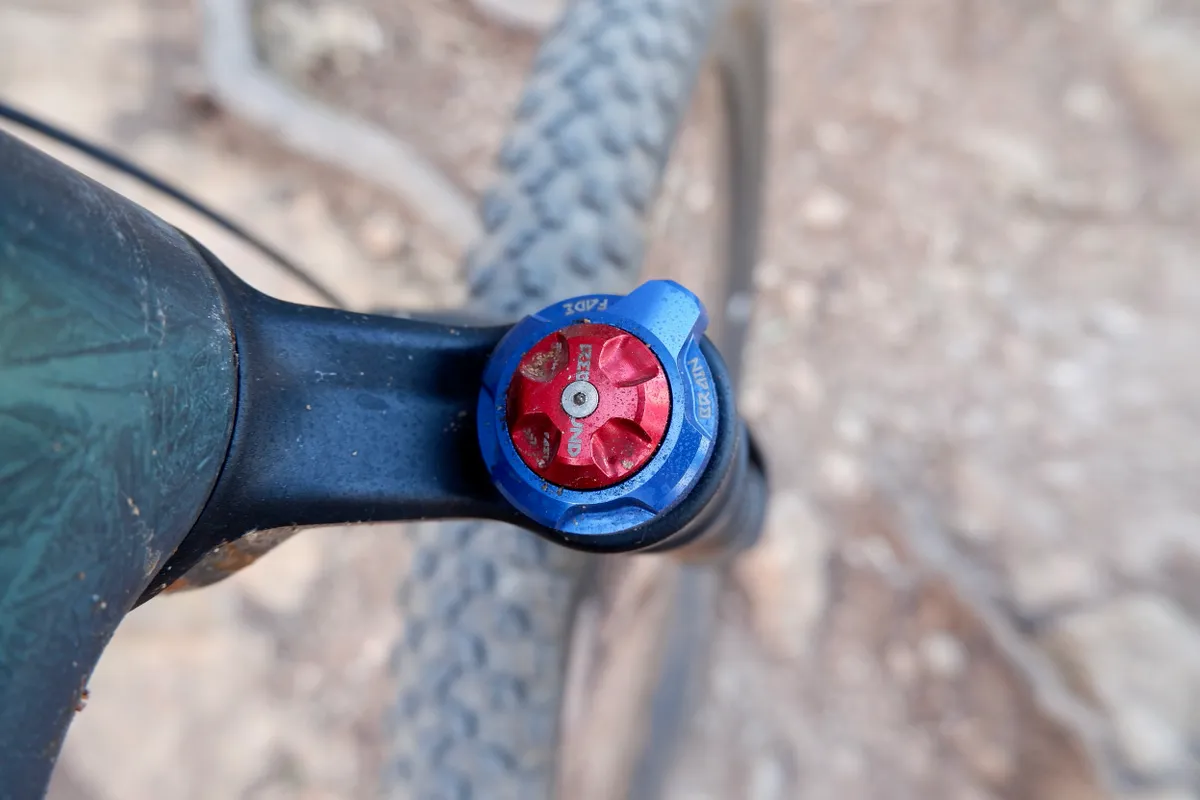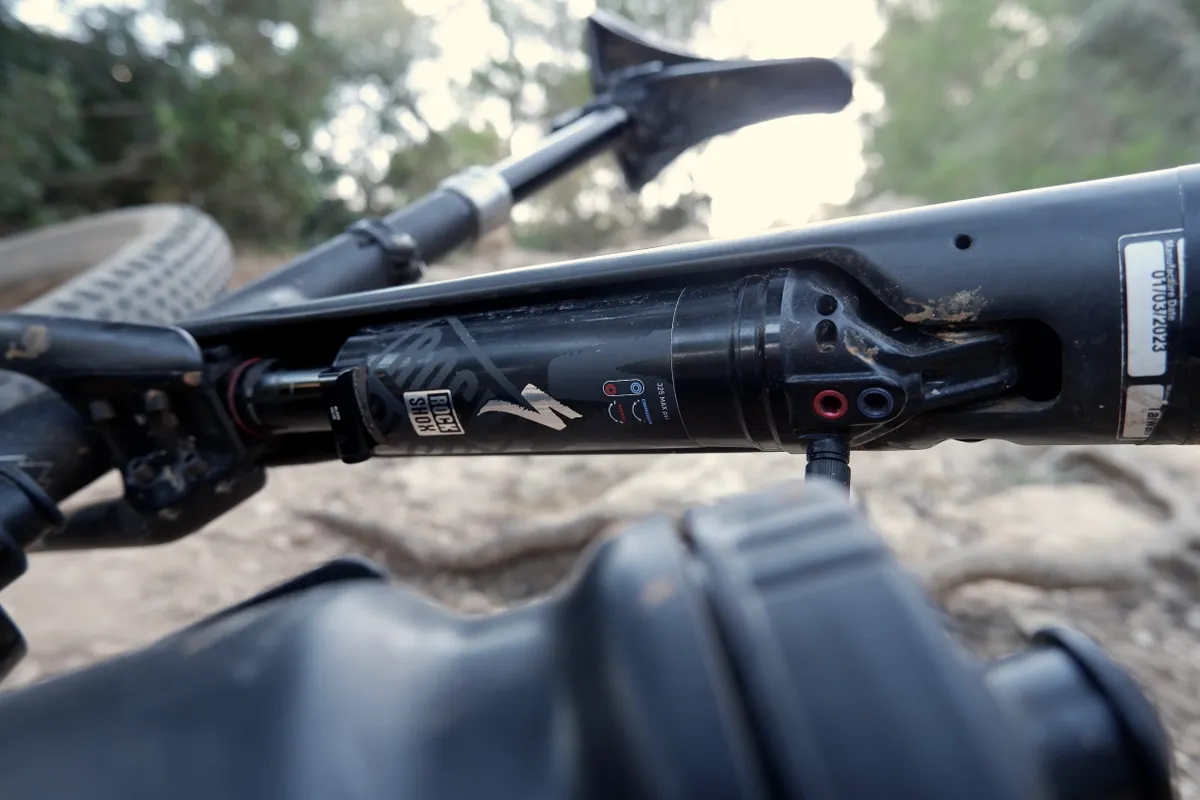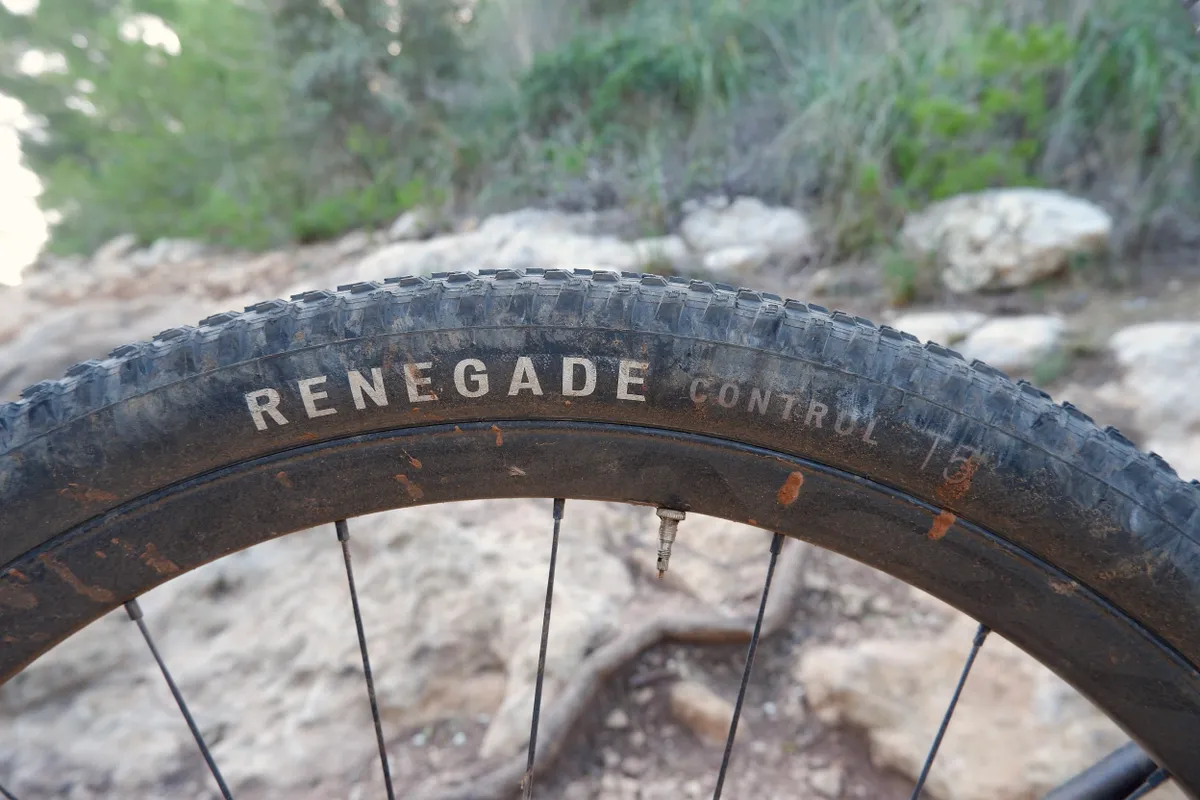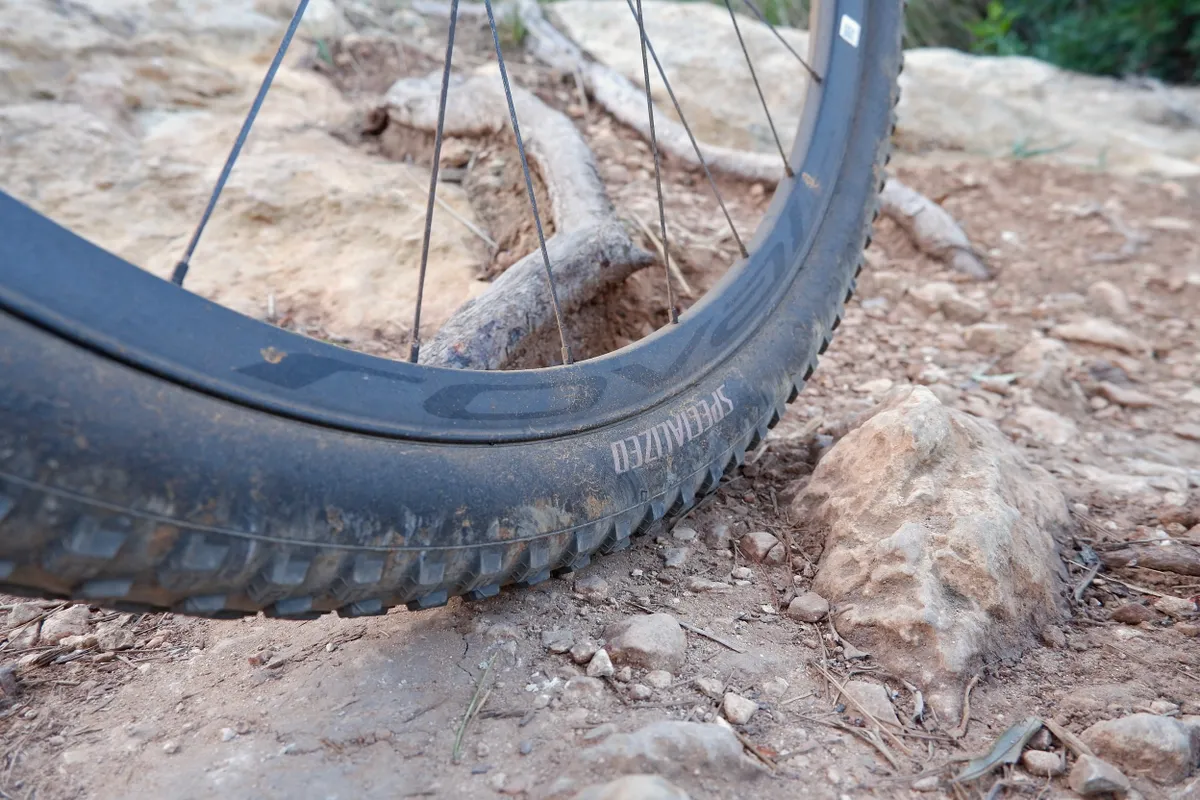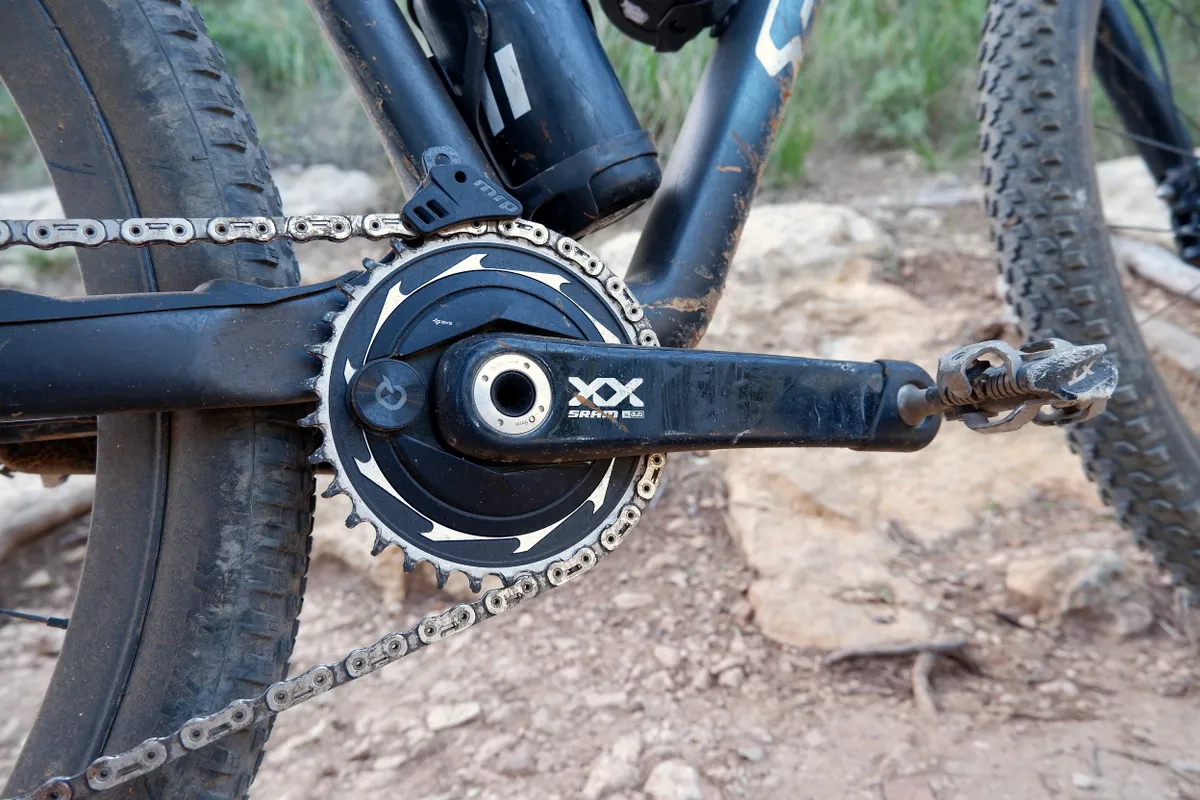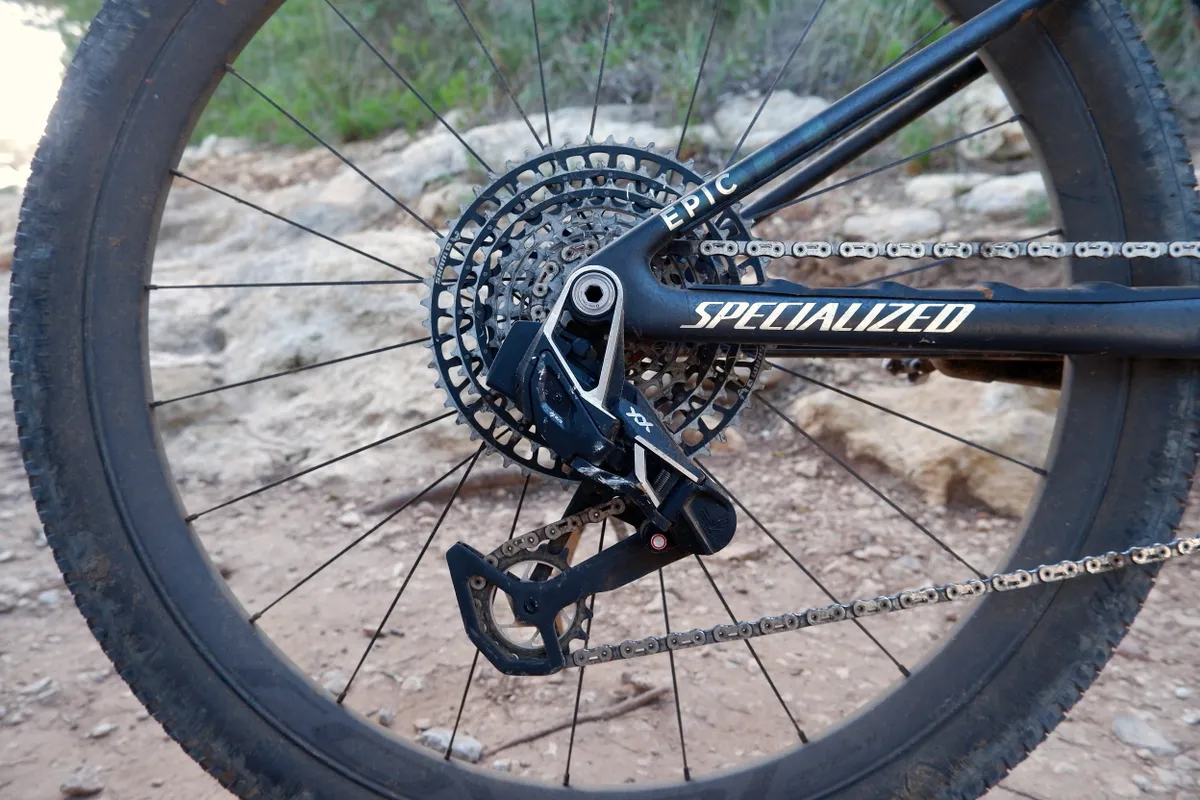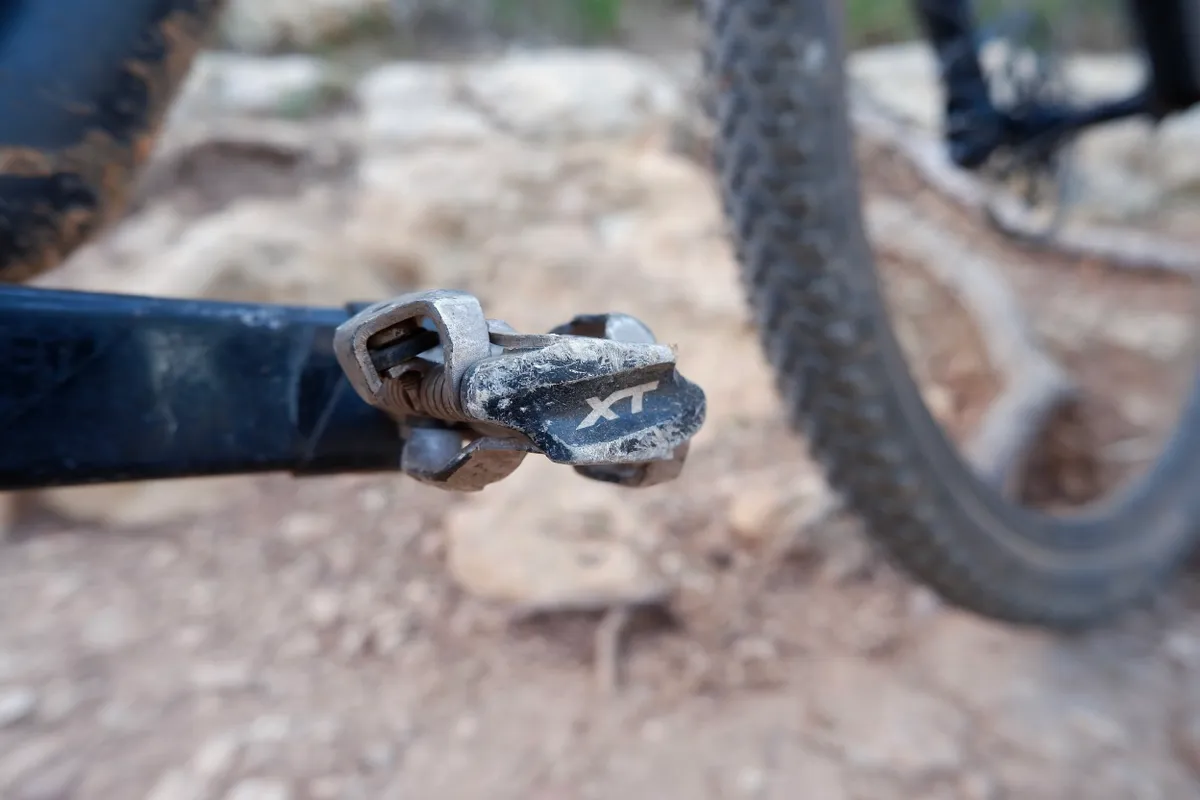The Epic Camí de Cavalls 360º is a three-day marathon race that circles the whole of Menorca, one of Spain’s Balearic islands.
The course follows an old established path that hugs the coastline, often traversing beaches, skirting clifftops and plunging through steep woodland trails.
The trail is littered with rocks, roots and sand, making it one of the roughest and toughest marathon courses I’ve ever ridden, with technical sections that got hearts pounding, brakes squealing and shocks hot to the touch.
The race can be tackled individually, or as a pair. My colleague Rachel Bennet from MBUK magazine had been offered a pairs spot, so I was more than happy taking the second slot – who wouldn't want a few days in the Med in November?
So, which bike did I take? I plumped for the Specialized S-Works Epic World Cup.
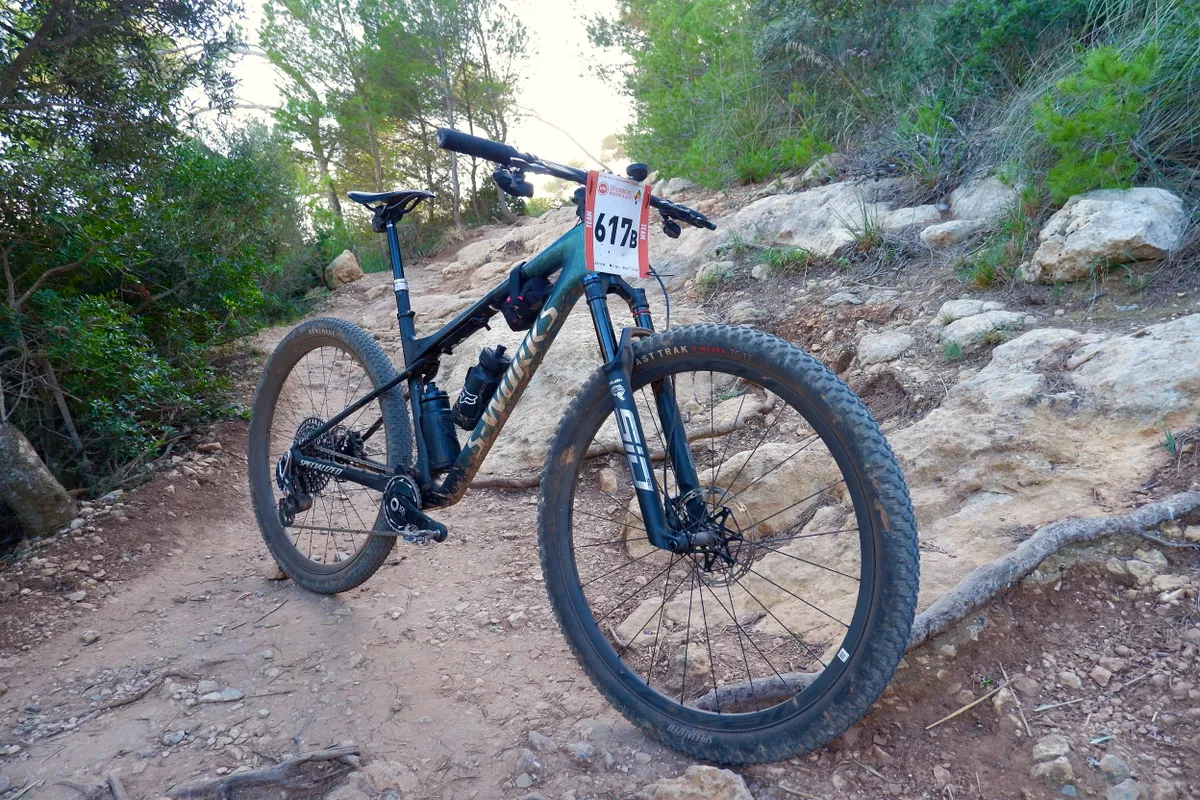
Why? Well, going into the race I figured the 180km and 4,000m of climbing I was about to tackle would be easier on a bike built for the efficiencies of XCC and XCO racing.
The Epic World Cup was launched earlier in 2023. It has a 110mm-travel fork and a pretty distinct 75mm rear suspension system that gives between 0 and 10 per cent sag depending on how you've set it up.
The goal of the bike is to give the pedalling performance of a hardtail mountain bike, but with some of the performance gained by riding a full-travel, full-suspension XC bike.
I ran the bike in its Full-Gulp mode in the race, giving me 10 per cent sag. I set the fork's Brain (a system to firm up the fork under pedalling loads, without resorting to a lever-operated lockout) as open as I could.
In preparation for the race, I made a few modifications. Some were to tune the bike to my particular preferences and a couple were made to boost performance.
The personal touches
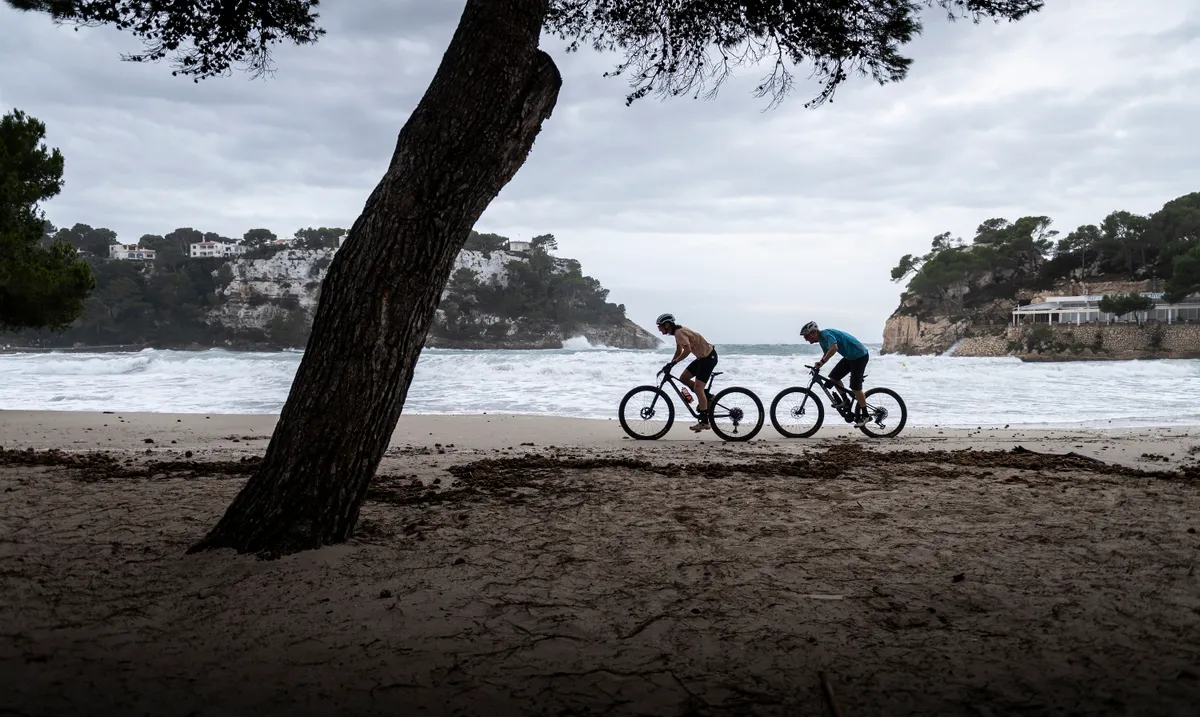
The two main changes I made to the stock setup sit at the front of the bike.
First up, I knew if I was going to ride the bike for prolonged periods over three days the supplied Roval Control SL Integrated cockpit's combined bar and stem would have to go.
In my experience, when a brand blends the bar and stem into one, they tend to become very stiff, and with no ability to alter the position of the bar in the stem, you’re stuck with those dimensions.
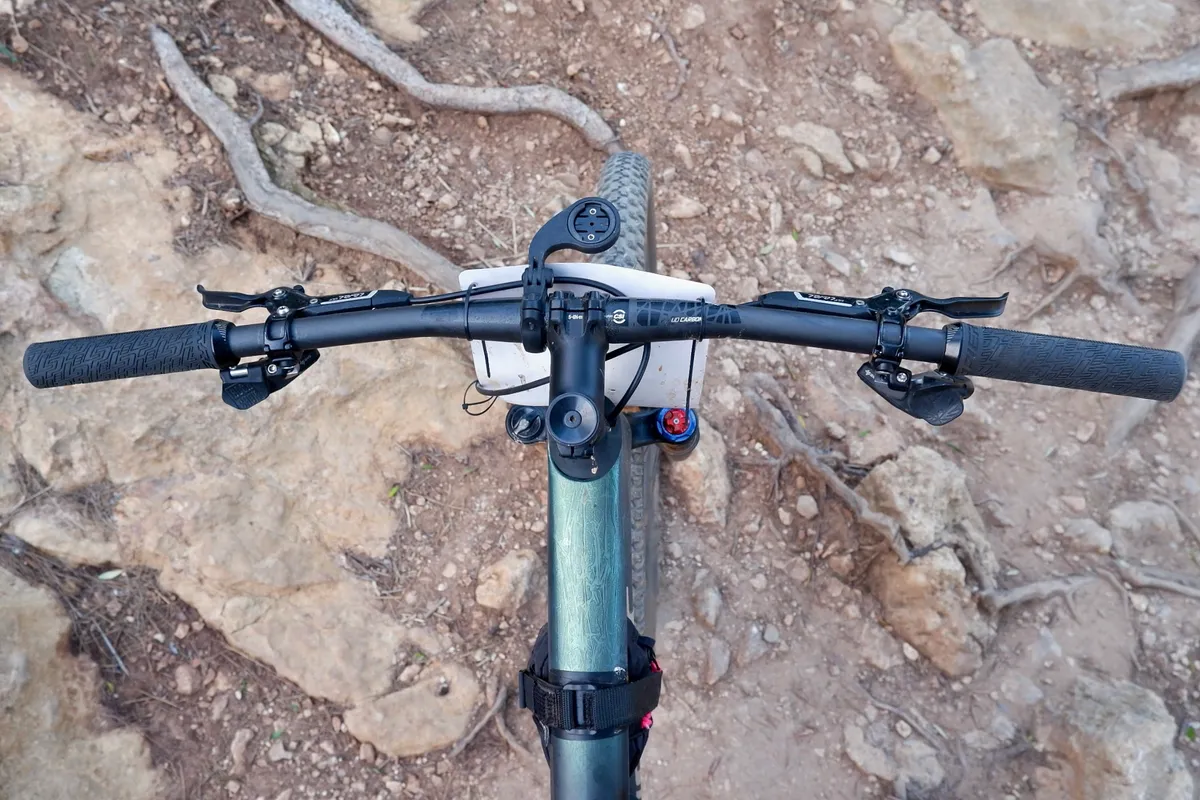
Sadly for longer rides, Specialized's handlebar engineer clearly has different preferences from me, because the stock item's 8-degree backsweep was too much for my wrists.
Off I popped to the BikeRadar workshop, where I nabbed the bar and stem from the Lapierre Prorace 9.9 I reviewed a few months ago.
This two-piece setup enabled me to get the backsweep to my preference, and is overall a more forgiving setup thanks to the 31.8mm-diameter FSA SL-K bar.
The bars I removed weighed 387g (with the grips), and my new setup added 58g and a whole lot more comfort.
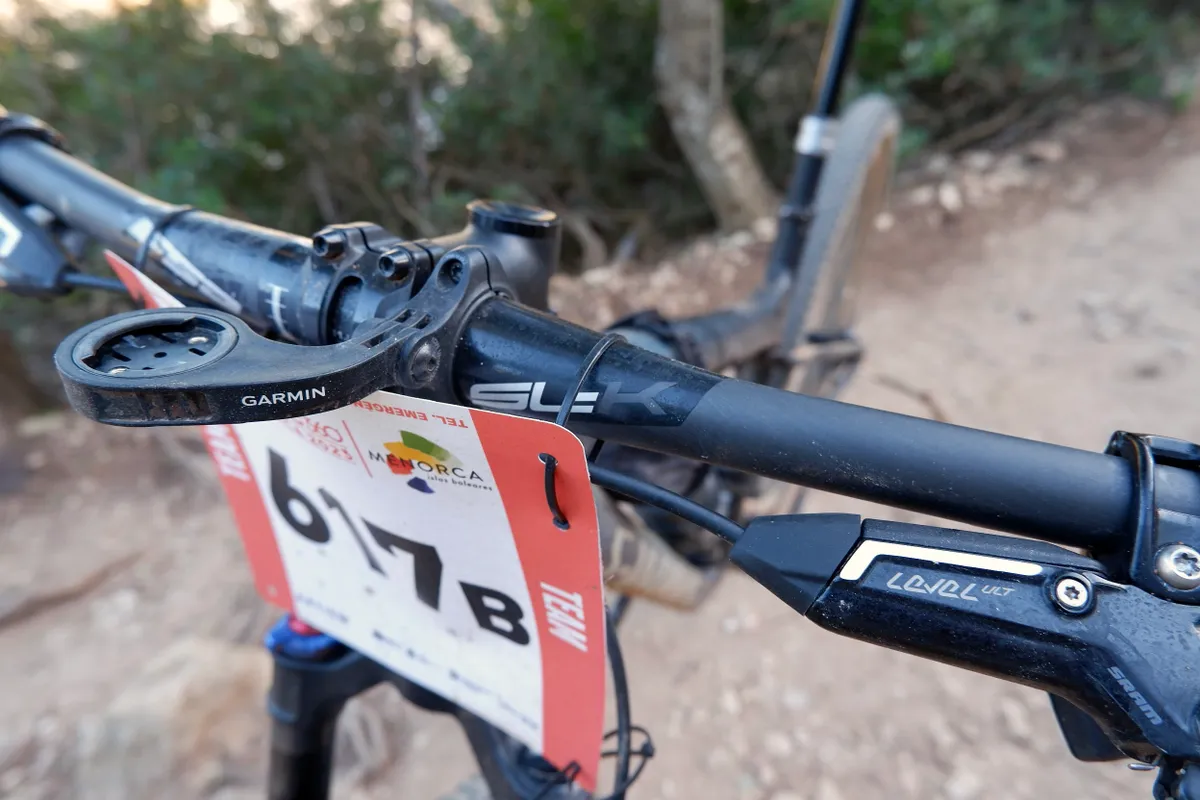
My next job involved an app on my phone.
I removed the AXS Transmission Shifter Pod from the Epic WC and stole the SRAM AXS shifter from one of my longer-term test mules, before pairing and re-programming the system on the AXS app to my preferences.
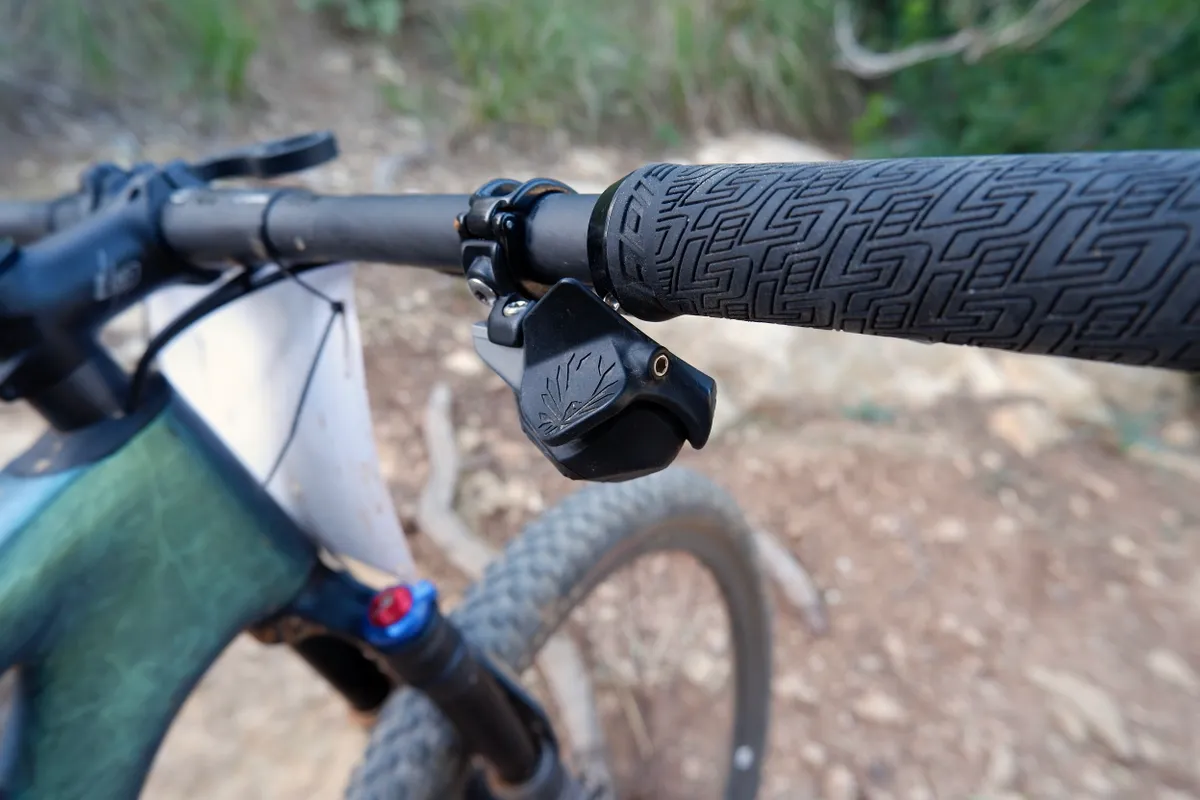
There are two reasons for this.
First up, I much prefer the ergonomics of SRAM’s original electronic shifter. I find it more intuitive to use and much easier to place in a position where my thumbs can effectively reach.
The other reason is that, in my experience, the little button covers on the Pod fall off. In fact, one of the buttons on this test bike has been lost to my local trails.
My final personal preference swap was a mistake.
Off came the Specialized Body Geometry S-Works Power saddle and in its place went the hyper-light, super-rare, mega-bling Fabric ALM, saving me a whopping 3 grams.
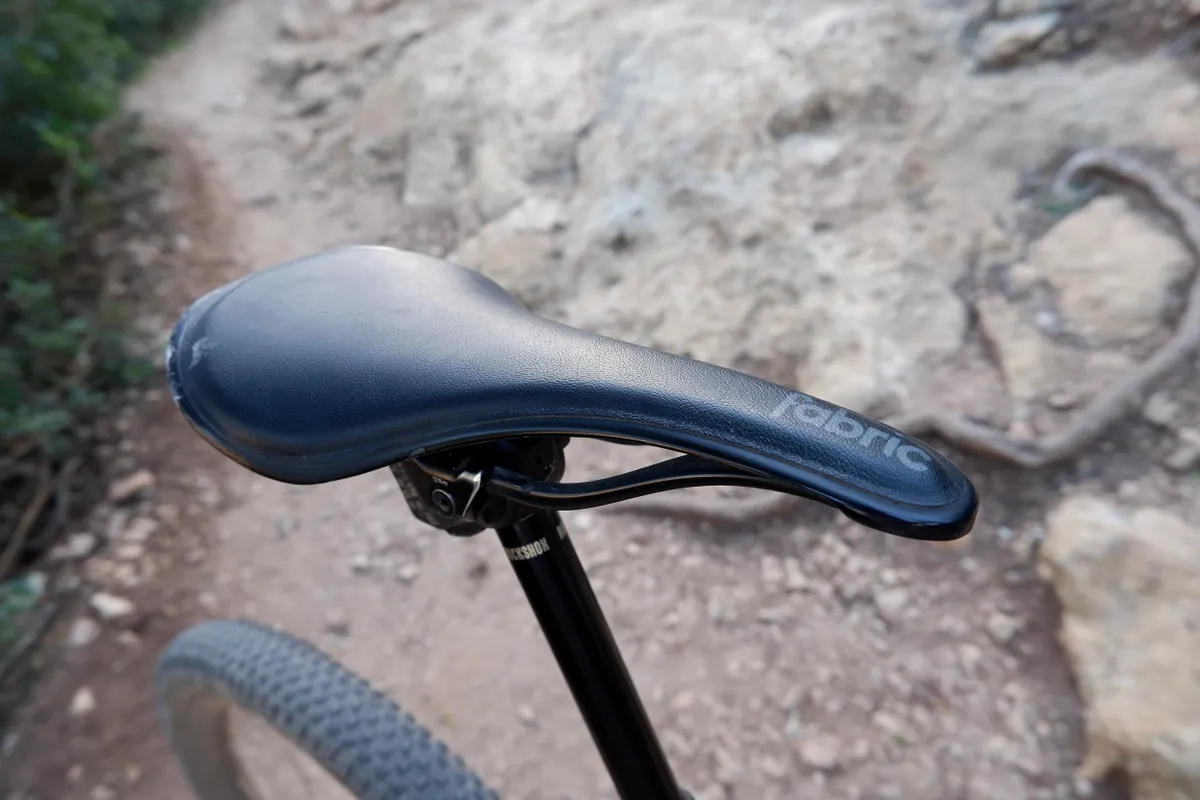
This beautifully engineered saddle has a one-piece shell and rail, developed with Airbus. It’s topped by a thin, firm layer of padding.
A few years ago, this was my go-to saddle. However it seems time has not been friendly to my backside, and after a day I was immediately regretting my decision to save very few grams for the sake of comfort. My John Wayne impression is much improved post-race.
Performance picks
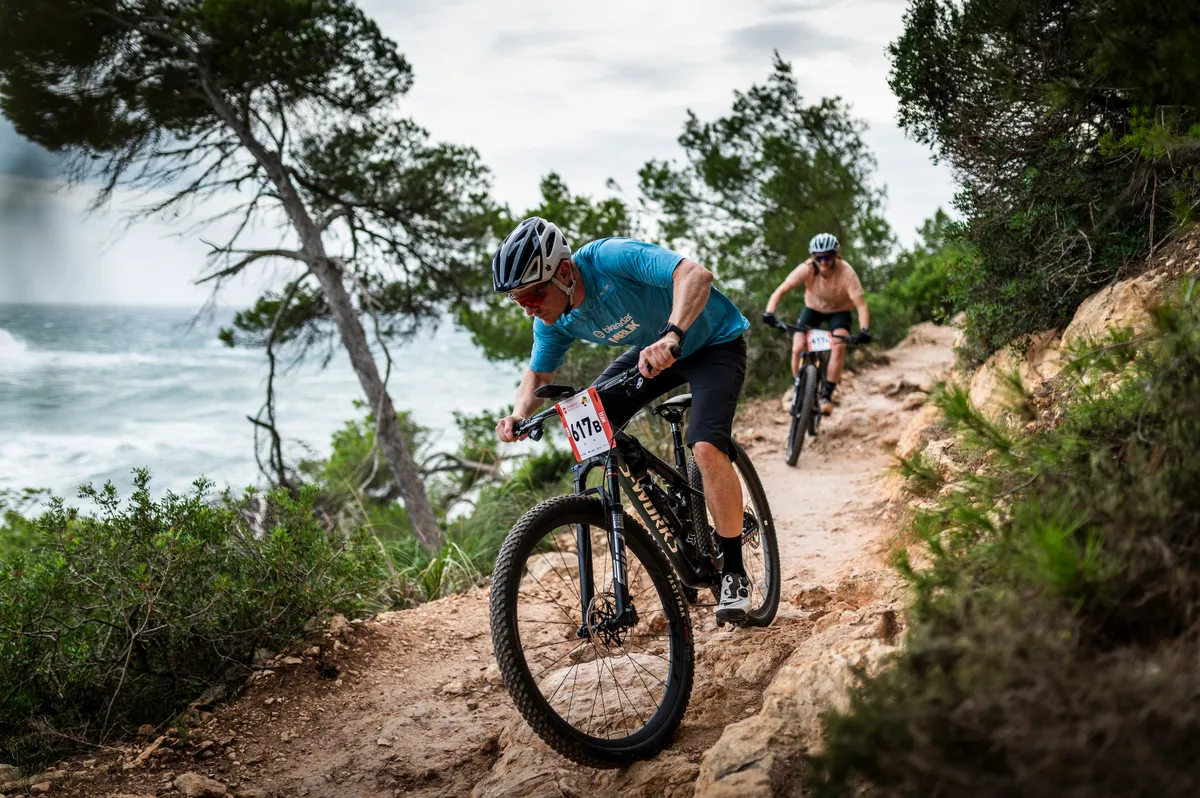
In prepping the bike for the race, I made a couple of additions to ensure when the going got tough, the trails didn’t get too difficult.
First up was the addition of a RockShox AXS Reverb dropper post and a solid 500g in weight. It’s super-quick and easy to fit, thanks to the lack of cables, and its operation is almost perfect. It really is that good.
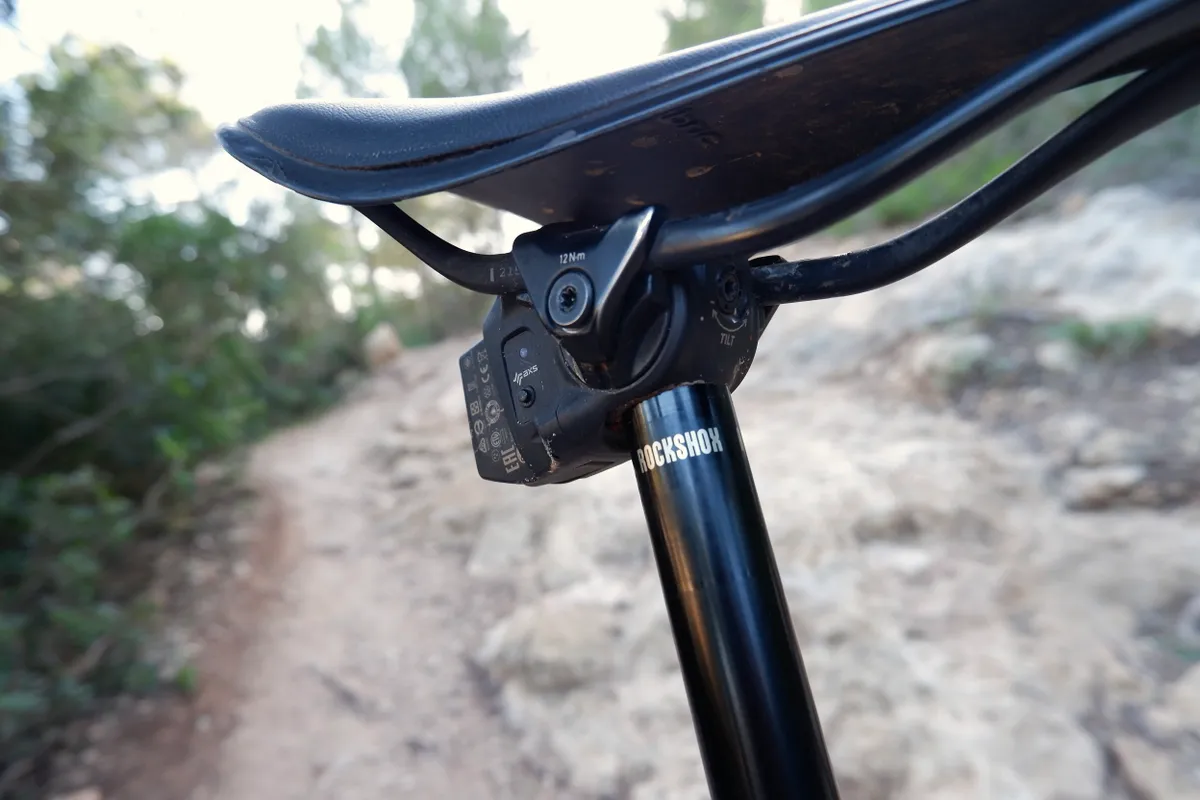
Being able to drop the saddle proved key when tackling some incredibly technical tracks – I was very happy to have fitted the bike with a dropper post.
I think I saw only one bike being raced without one – and there were some Spanish marathon heavyweights racing.
I'd like to say the little bit of squish the post has was set up by myself to boost comfort. However, it's just the regular Reverb bounce that requires the Vent Valve procedure to be carried out – a simple job for which I didn't have the necessary tool in Menorca.
The other item can’t be seen, but certainly added some assurance when I was blatting my way over heinously rough rocks – a tyre insert.
The stock Specialized Renegade and Fast Trak tyres are light and fast rollers. I had no issue running such scarce tread in the dry and rocky conditions, and they added a fair bit of zip to the bike.
Likewise, the Roval Control SL wheels have a noticeably broad rim wall, to help dissipate impacts and reduce the chance of punctures.
However, the tyres’ light weight means thin carcasses. Despite running 26psi in the rear, I felt the tell-tale clang of rock to tyre, to insert, to rim. I’ve no doubt the Huck Norris insert saved my bacon on a couple of occasions.
In total, the S-Works Epic World Cup went from 9.6kg before my mods to just over 10.4kg – not too shabby.
The race
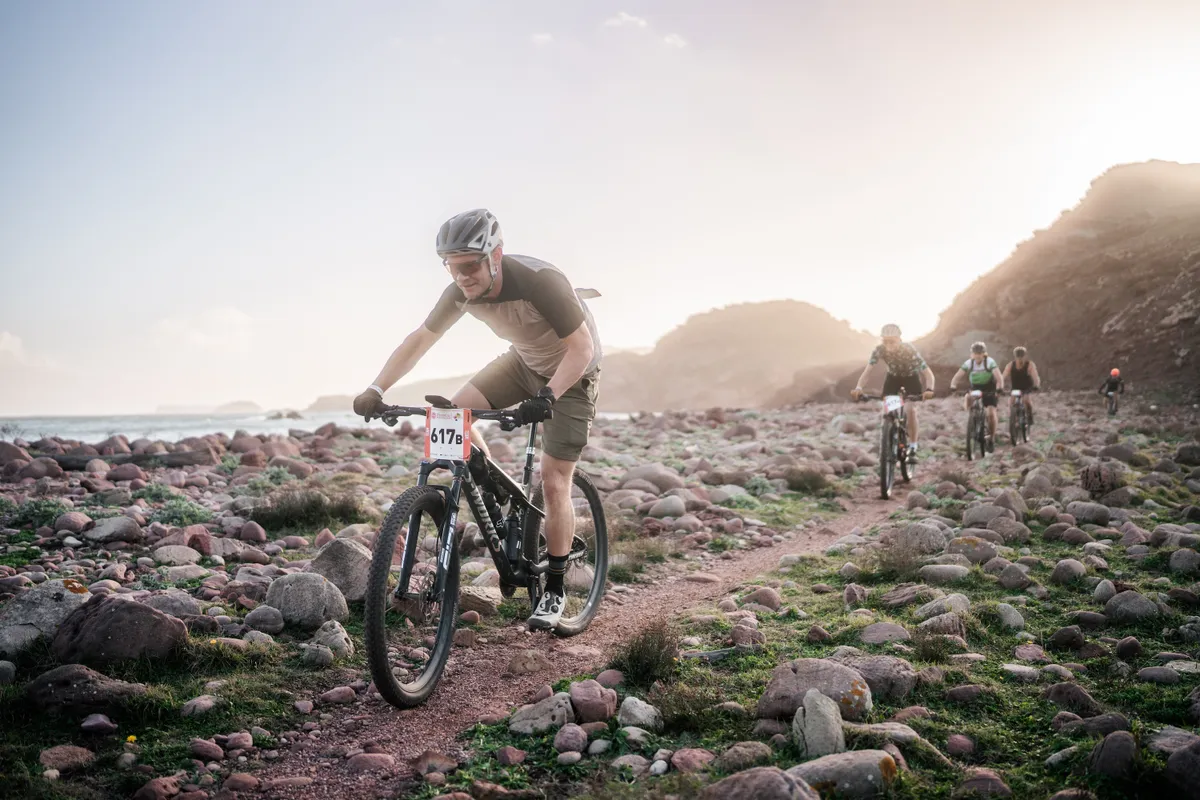
The race itself was an experience for sure.
Three days, just over 180km, with around 4,000m of climbing might not put it in the heavyweight category on paper, but Rachel and I put in every ounce of effort we could, and still only managed an average speed of 11km/h over the three days.
This is because the trails really were tough.
Climbs were loose, steep and technical, and with up to 26 in a day, the entire field spent plenty of time scrambling up the rocks.
The descents left no prisoners either – I’ve never seen such tech in XC racing. I was loving it.
But even on the flat, speeds were at times pretty low. Imagine a lava field, pock-marked and gnarled, sharp and lumpy, with a path roughly demarked over the top – then imagine sections more than 10km in length.
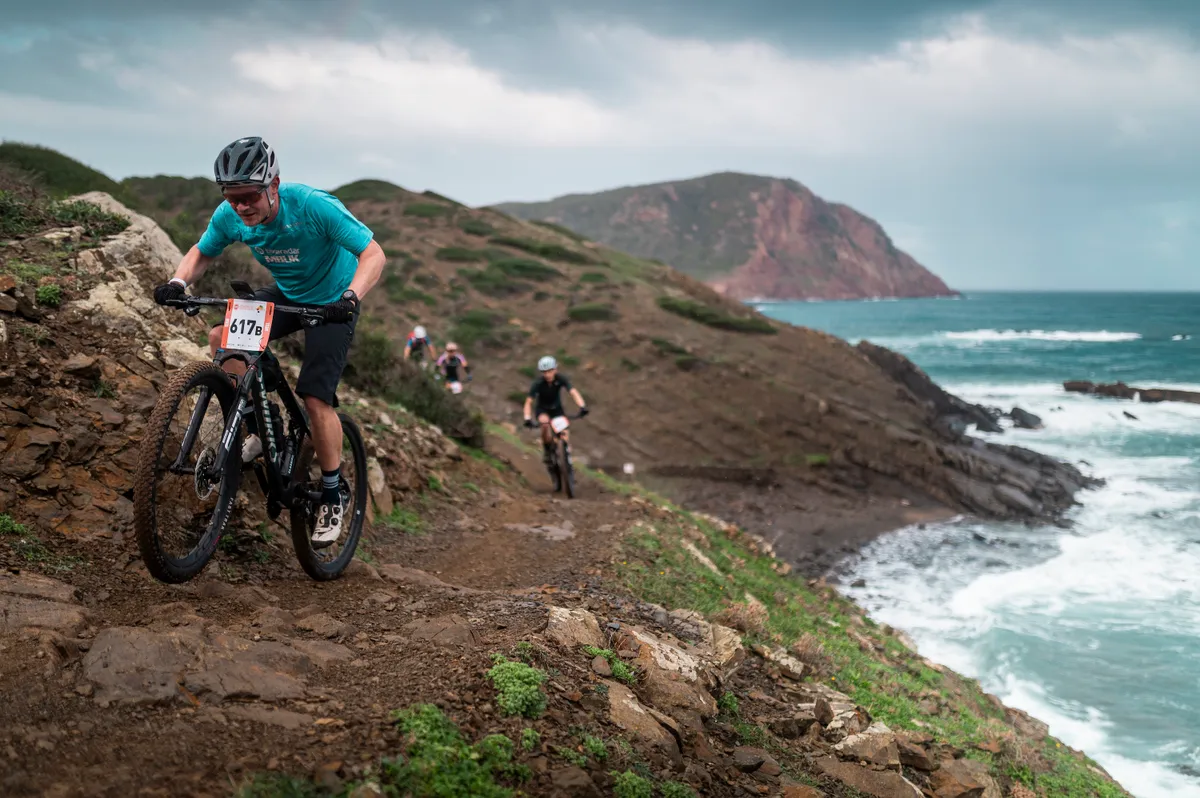
While the top men and women (and a few runners, too) completed the race much faster than we did, we still put in a respectable performance, coming in third in the mixed pairs category.
Given we thought we were running second to last, it was a surprise when we heard our names called out at the podium ceremony.
Right race, wrong bike?
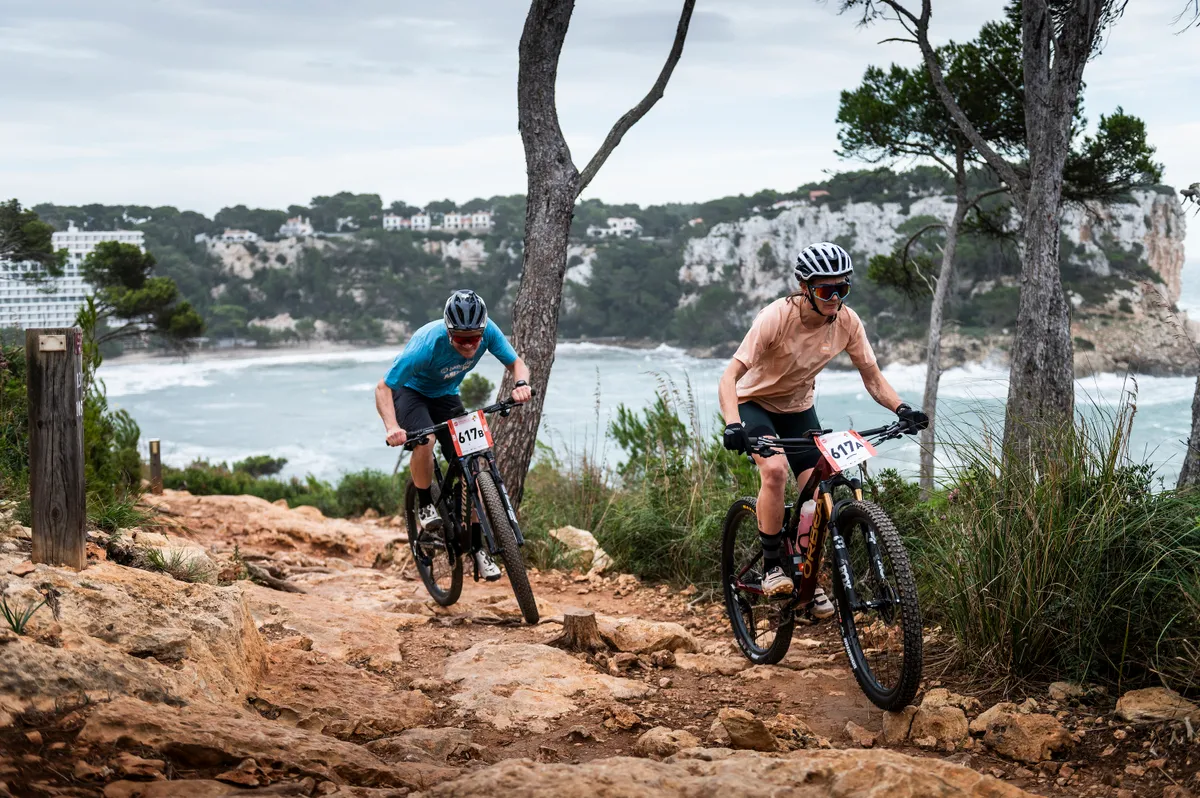
So, did I take the right bike for the job?
In all honesty, I’m not sure I did.
The Epic WC is a short travel race bike primed for fast and aggressive XC races. I reckon a longer travel XC bike, such as the Orbea Oiz that Rach was riding, with a more forgiving feel over the rough would have suited the race better.
However, while it might not have been the best tool, it certainly didn’t make me look like a tool.
The Epic stood up to everything my occasionally dodgy line choices threw at it, and when it came to those technical climbs, I was blown away by how well it scrambled up the steeps.
Save for the saddle, I was happy with my component swaps. The dropper paid dividends, the insert was worth its weight in gold (or at least in cheese, our prize for coming third), the shifter shifted perfectly and the bars were less punishing than the alternative.
If you want to learn more about the race, go to camidecavalls360.com
